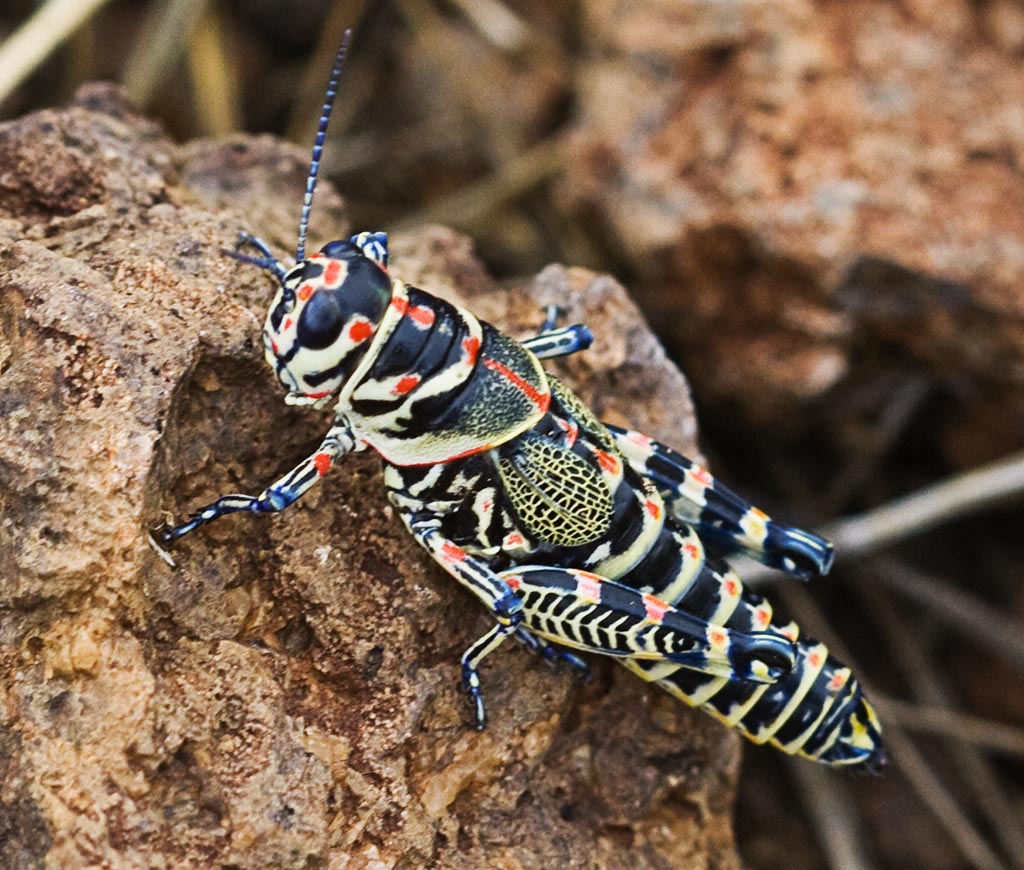Deep in the heart of Texas, a small but vibrant creature has been capturing the attention of nature enthusiasts and casual observers alike. The Painted Grasshopper (Dactylotum bicolor), also known as the Rainbow Grasshopper, stands as a stark contradiction to our typical expectations of insect coloration. Unlike the camouflaged greens and browns of most grasshoppers, this remarkable species explodes with a palette of vivid reds, blues, yellows, and blacks – creating a living mosaic that seems almost out of place in the dusty Texas landscape. This unexpected splash of color among the grasses and shrubs of the Lone Star State represents one of North America’s most visually striking insects, and yet remains relatively unknown to many. Let’s explore the fascinating world of this technicolor marvel that challenges our understanding of insect adaptation and survival.
Origin and Taxonomy of the Painted Grasshopper

The Painted Grasshopper (Dactylotum bicolor) belongs to the family Acrididae, which encompasses the true grasshoppers. Its genus name “Dactylotum” derives from Greek origins meaning “finger-cut,” possibly referring to the distinctive pattern on its body that appears almost deliberately painted. Taxonomically, it sits within the Romaleinae subfamily, known as the lubber grasshoppers, which tend to be larger and more colorful than other grasshopper groups. The species was first formally described by entomologists in the late 19th century, though indigenous peoples of the Southwest had long recognized this distinctive insect. Despite its striking appearance, the Painted Grasshopper represents the only species within its genus found in North America, making it something of a taxonomic outlier among grasshoppers of the region.
Geographic Distribution and Habitat
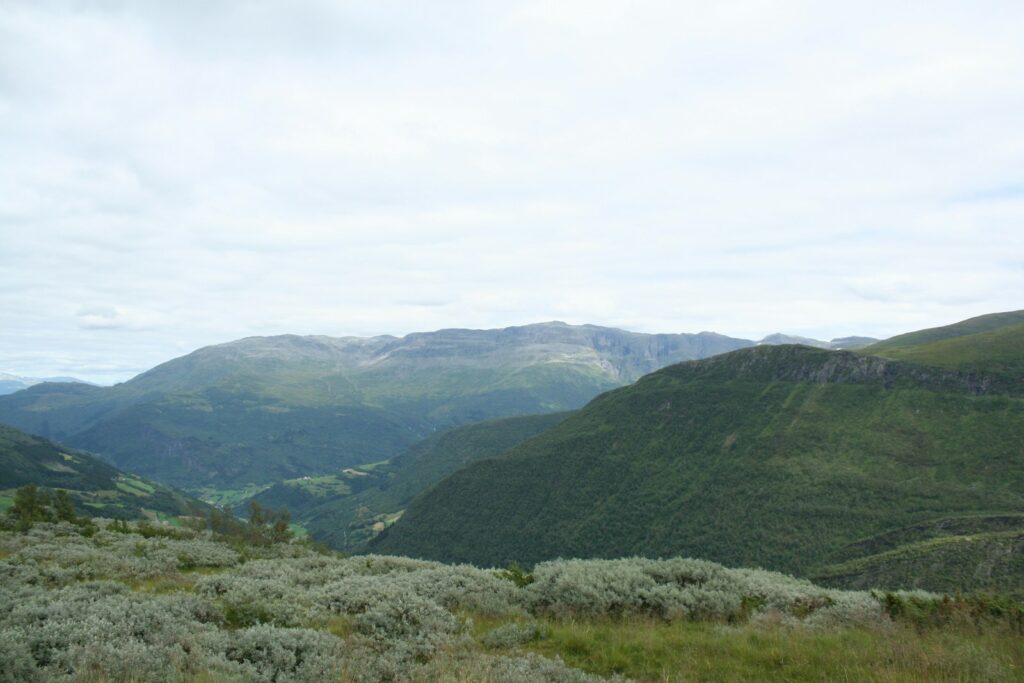
While the Painted Grasshopper can be found across parts of the southwestern United States, it holds a special place in Texas ecosystems where populations are particularly robust. Their range extends from southern Arizona through New Mexico and into Texas, with scattered populations reported as far north as Colorado and as far south as northern Mexico. Within Texas, these grasshoppers prefer the semi-arid regions, particularly thriving in the Edwards Plateau, Trans-Pecos, and parts of the South Texas Plains. They show a distinct preference for grassland and shrubland habitats with mixed vegetation, especially areas featuring sunflower family plants (Asteraceae) which serve as both food sources and breeding grounds. Unlike many grasshopper species that prefer dense vegetation, the Painted Grasshopper often ventures into open areas with sparse plant cover, where their vibrant coloration stands in stark contrast to the surrounding landscape.
Physical Characteristics and Identification

The Painted Grasshopper’s most striking feature is undoubtedly its remarkable coloration, which resembles an artist’s deliberate brushstrokes rather than natural patterning. Adults typically measure between 1-2 inches in length, with females growing notably larger than males. Their bodies showcase a dramatic black background overlaid with vibrant yellow or cream-colored stripes running longitudinally along the head, thorax, and abdomen. Bold red or orange accents appear on the head, legs, and body segments, creating a tricolor pattern that’s impossible to miss. The head features distinctive geometric patterns, often with bright yellow facial markings that give them an almost mask-like appearance. Unlike many grasshoppers with transparent or subdued wings, the Painted Grasshopper’s wings are typically dark with colorful margins, though they’re relatively poor flyers compared to other grasshopper species.
The Evolutionary Puzzle of Bold Coloration
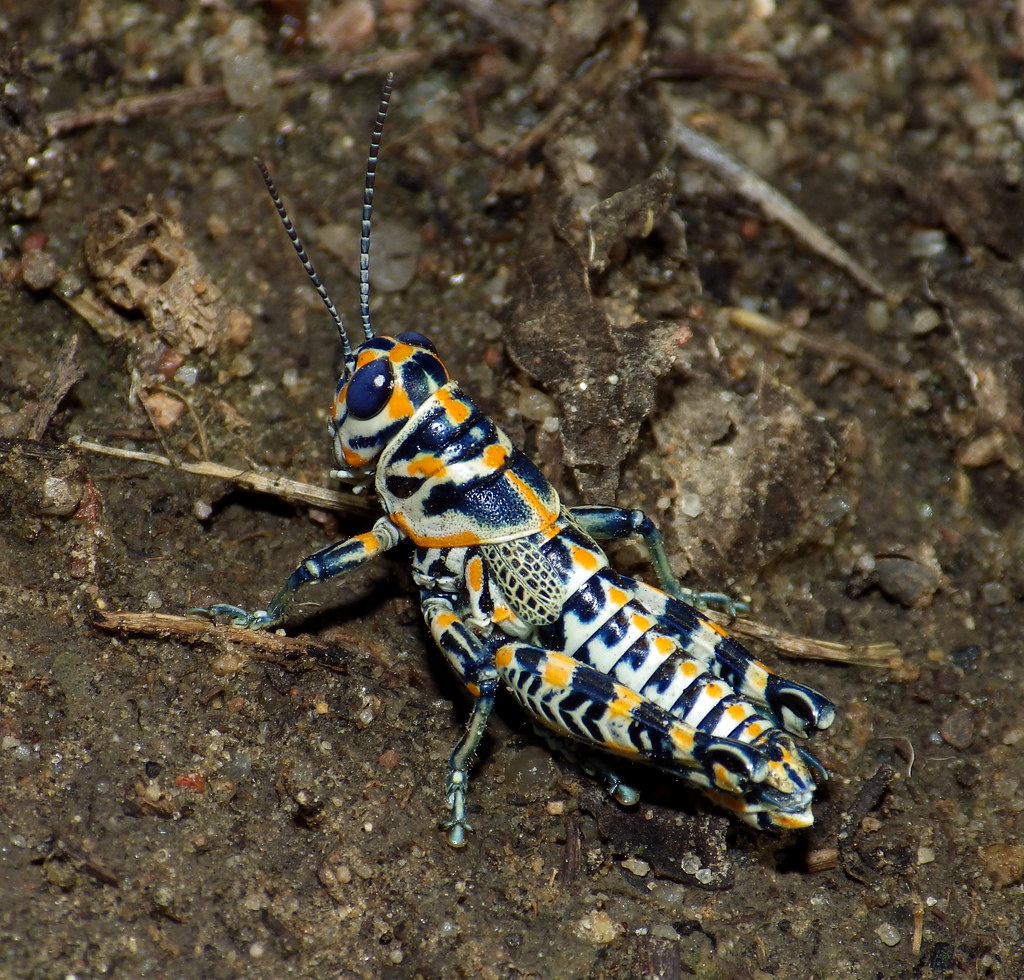
The vibrant coloration of the Painted Grasshopper presents an evolutionary paradox that has fascinated biologists for generations. While most grasshoppers rely on camouflage to avoid predation, the Painted Grasshopper does precisely the opposite – advertising its presence with colors that stand out dramatically against its natural surroundings. This strategy, known as aposematic coloration, serves as a warning to potential predators that the insect is unpalatable or potentially toxic. Research suggests that Painted Grasshoppers sequester toxic compounds from the plants they consume, particularly from certain species in the sunflower family, making them distasteful to many predators. Birds, lizards, and other insectivores quickly learn to associate these bright colors with an unpleasant dining experience, providing the grasshopper with a form of defensive protection. This evolutionary strategy represents a fascinating case of natural selection favoring conspicuousness rather than concealment.
Life Cycle and Development
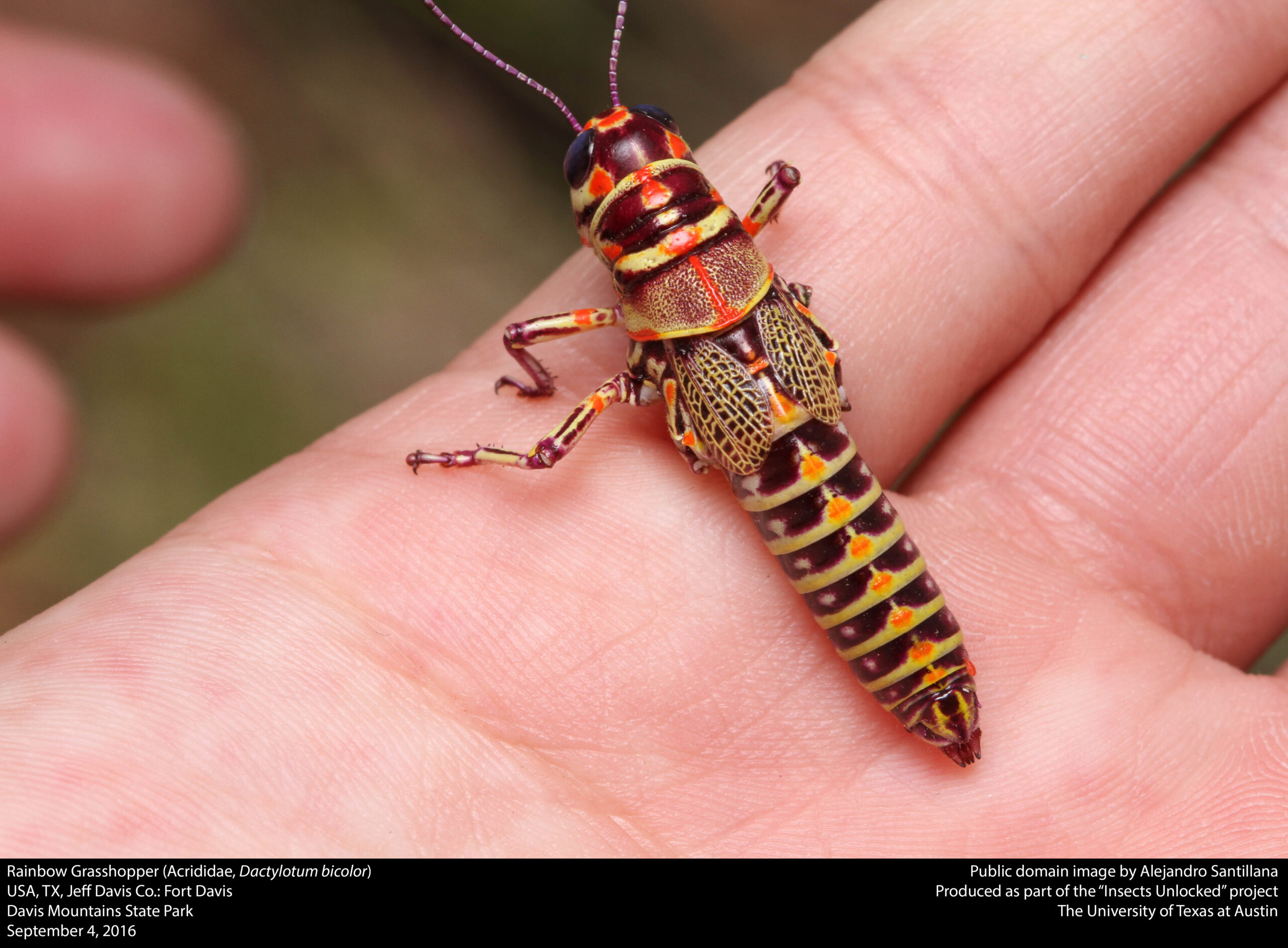
The Painted Grasshopper follows a hemimetabolous development pattern, undergoing incomplete metamorphosis through three distinct life stages: egg, nymph, and adult. Female grasshoppers typically deposit clutches of 20-40 eggs in carefully constructed underground pods during late summer or early fall, where they remain dormant through winter. The eggs hatch in spring as temperatures rise, producing first-instar nymphs that already display rudimentary versions of the adult coloration, though often with more subdued patterns. Through a series of five to six molts over approximately 40-60 days, these nymphs gradually develop the full adult coloration and anatomical features, including wings and reproductive organs. Interestingly, each developmental stage (instar) shows progressively more vibrant coloration, with the final adult form exhibiting the most dramatic patterns. Unlike some insect species that live for multiple seasons, adult Painted Grasshoppers typically survive for only a single season, focusing their energy on reproduction before perishing with the arrival of cold weather.
Dietary Preferences and Ecological Role
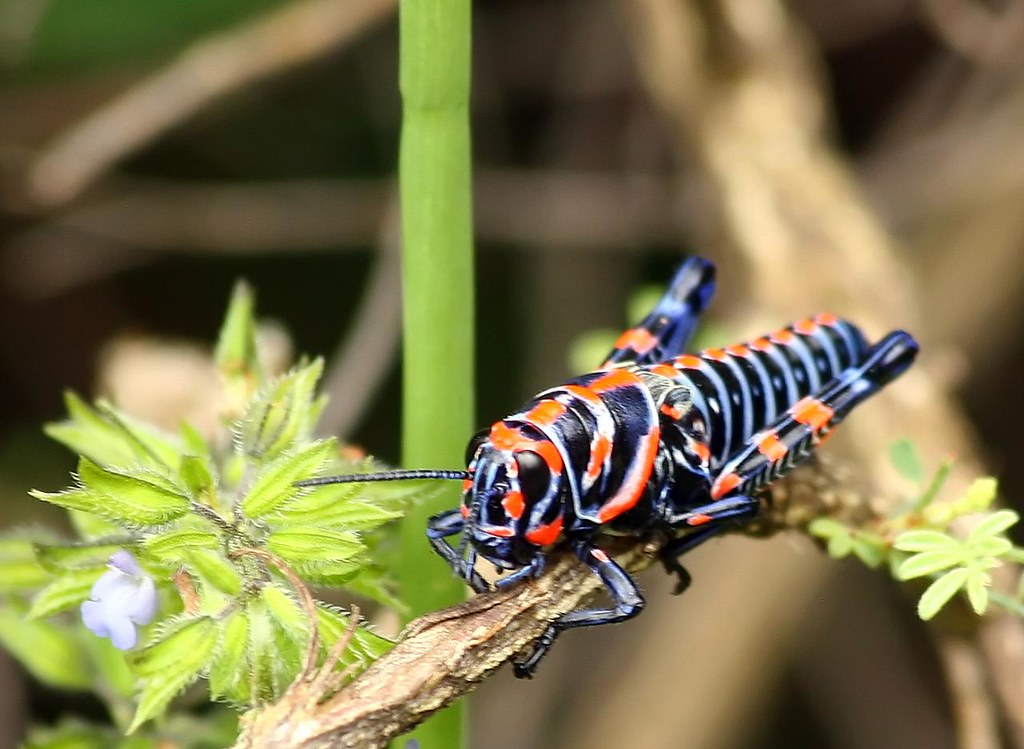
Despite their delicate appearance, Painted Grasshoppers are voracious herbivores with specific dietary preferences that shape their ecological role in Texas ecosystems. They show a marked preference for plants in the Asteraceae family, particularly sunflowers, thistles, and various composites which comprise the bulk of their diet. This selective feeding behavior classifies them as oligophagous herbivores, meaning they restrict their consumption to a relatively narrow range of plant species. Their feeding habits can sometimes cause localized damage to native wildflowers and occasionally agricultural crops, though they rarely reach pest status due to their relatively low population densities compared to other grasshopper species. Ecologically, they serve as important intermediate consumers, converting plant material into protein that becomes available to numerous predators including birds, reptiles, and insectivorous mammals, thus playing a vital role in energy transfer through Texas food webs.
Behavioral Adaptations and Movement Patterns
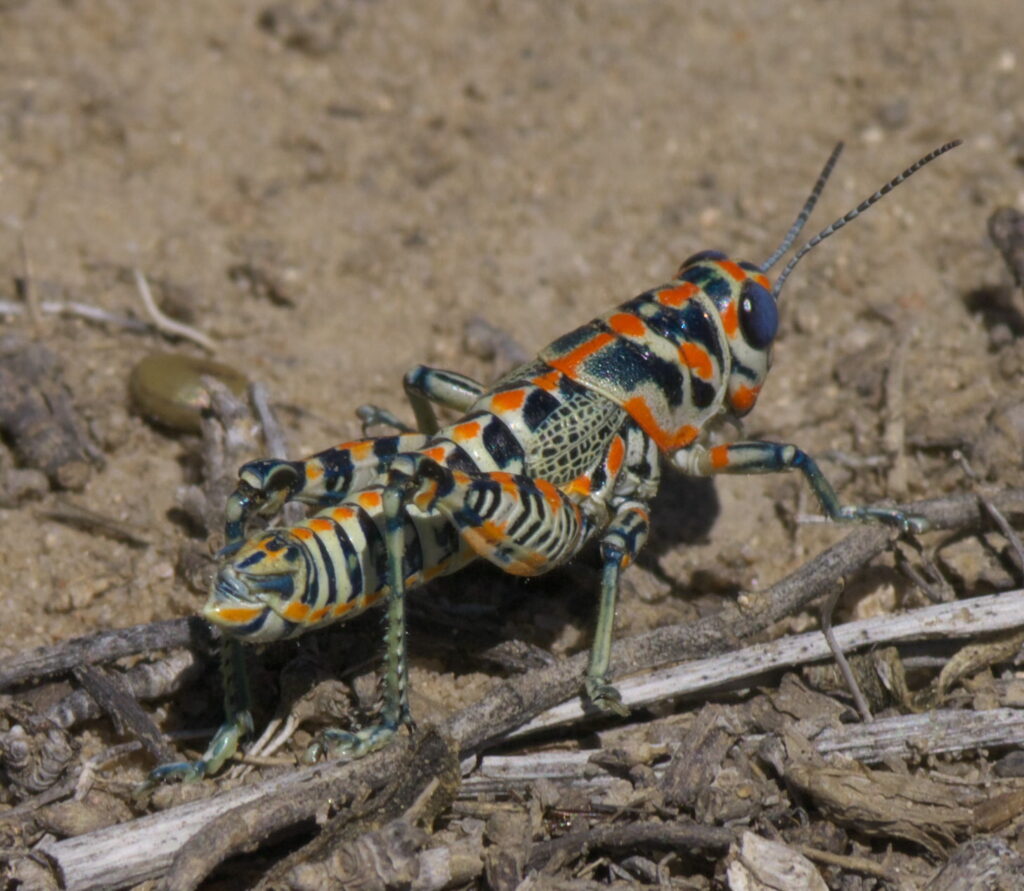
The Painted Grasshopper exhibits several distinctive behavioral adaptations that complement its visual warning signals. Unlike many grasshopper species known for their powerful jumping and evasive movements, these colorful insects move with surprising deliberation, often crawling slowly across vegetation or remaining stationary for extended periods. When threatened, they typically rely on their warning coloration rather than attempting to flee, sometimes adopting a defensive posture by raising their hind legs to display additional warning colors. They’re relatively poor flyers compared to other grasshoppers, typically only using their wings for short distances when absolutely necessary. Daily activity patterns show a preference for mid-morning and late afternoon feeding, with individuals often climbing to elevated positions on vegetation during the hottest parts of the day to regulate body temperature. This behavioral thermoregulation allows them to thrive in the sometimes extreme temperature conditions of Texas summers while maintaining optimal metabolic function.
Reproduction and Mating Strategies

The reproductive cycle of the Painted Grasshopper follows seasonal patterns tightly synchronized with Texas’s climate conditions. Mating typically occurs during the warmest months, from June through early September, when adults have reached full maturity. Males employ a combination of visual displays and substrate-borne vibrations to attract females, often positioning themselves prominently on vegetation where their colorful patterns are most visible. Unlike some grasshopper species that use aerial acrobatics or elaborate acoustic signals, the Painted Grasshopper’s courtship is relatively subdued, relying more on visual cues than sound production. After successful mating, females search for suitable oviposition sites with loose, well-drained soil where they drill specialized egg chambers using their abdomens. Each female may produce several egg pods during her lifetime, strategically distributing them across different microhabitats to increase offspring survival probability. This reproductive strategy ensures that at least some eggs will survive the unpredictable environmental conditions of Texas’s semi-arid regions.
Conservation Status and Threats

While not currently listed as endangered or threatened, the Painted Grasshopper faces several challenges that could impact its populations in Texas ecosystems. Habitat loss represents the most significant threat, as urban expansion, agricultural development, and invasive plant species alter the native grassland and shrubland habitats these insects require. Climate change poses additional concerns, as shifting precipitation patterns and increasing temperature extremes may disrupt the delicate timing of their life cycle events. Pesticide use in both agricultural and residential settings can directly impact populations, especially when broad-spectrum insecticides are applied in areas adjacent to their natural habitats. Additionally, the collection of specimens by enthusiasts and educators, while seemingly minor, can impact local populations when conducted without proper permits or conservation considerations. Despite these challenges, the species appears to maintain stable populations across much of its range, though formal population monitoring programs are limited.
Scientific Research and Educational Significance

The Painted Grasshopper has attracted scientific interest across multiple disciplines, serving as a model organism for studies in evolutionary biology, chemical ecology, and insect physiology. Researchers have conducted detailed investigations into the chemical composition of their warning coloration pigments and the mechanisms by which they sequester and process plant toxins. Their distinctive appearance makes them valuable subjects for educational programs focused on insect diversity, adaptation, and ecological relationships. Many Texas nature centers and educational institutions feature these grasshoppers in their programming, using their eye-catching appearance to engage students and visitors in broader conversations about biodiversity. Citizen science initiatives have also embraced the Painted Grasshopper, with several monitoring programs encouraging public reporting of sightings to track distribution patterns and phenological shifts that might indicate responses to climate change or other environmental factors.
Cultural Significance in Texas

Beyond its biological importance, the Painted Grasshopper has achieved a modest cultural significance within Texas’s natural heritage. Indigenous peoples of the region, particularly certain Apache and Comanche groups, incorporated the colorful insects into their folklore, sometimes interpreting their bright patterns as symbols of transformation or warning. In contemporary Texas culture, the grasshopper occasionally appears in regional art, particularly in naturalist paintings and photography celebrating the state’s diverse wildlife. Local nature festivals in communities across the Edwards Plateau and Trans-Pecos regions sometimes feature the Painted Grasshopper as an emblem or mascot, celebrating its unique place in the Texas landscape. Wildlife photographers specifically seek out these photogenic insects, with images of Painted Grasshoppers frequently appearing in Texas nature publications, calendars, and promotional materials highlighting the state’s natural diversity.
Observing Painted Grasshoppers in the Wild

For nature enthusiasts hoping to observe Painted Grasshoppers in their natural habitat, timing and location prove crucial to success. Late spring through early fall offers the best viewing opportunities, with peak adult populations typically occurring in July and August across most of Texas. Prime locations include the limestone hills of the Edwards Plateau, particularly in areas with abundant sunflower family plants and mixed grassland vegetation. Popular public access sites include Enchanted Rock State Natural Area, Lost Maples State Natural Area, and portions of Big Bend Ranch State Park, where the grasshoppers can often be spotted during morning hours perched conspicuously on vegetation. Patient observers should scan low-growing flowering plants, especially yellow composites, where the insects prefer to feed. Photographing these colorful creatures presents fewer challenges than many insect species, as their bold coloration and relatively slow movement make them cooperative subjects, though approaching slowly and using longer focal length lenses helps avoid disturbing them.
The Future of Texas’s Living Rainbow
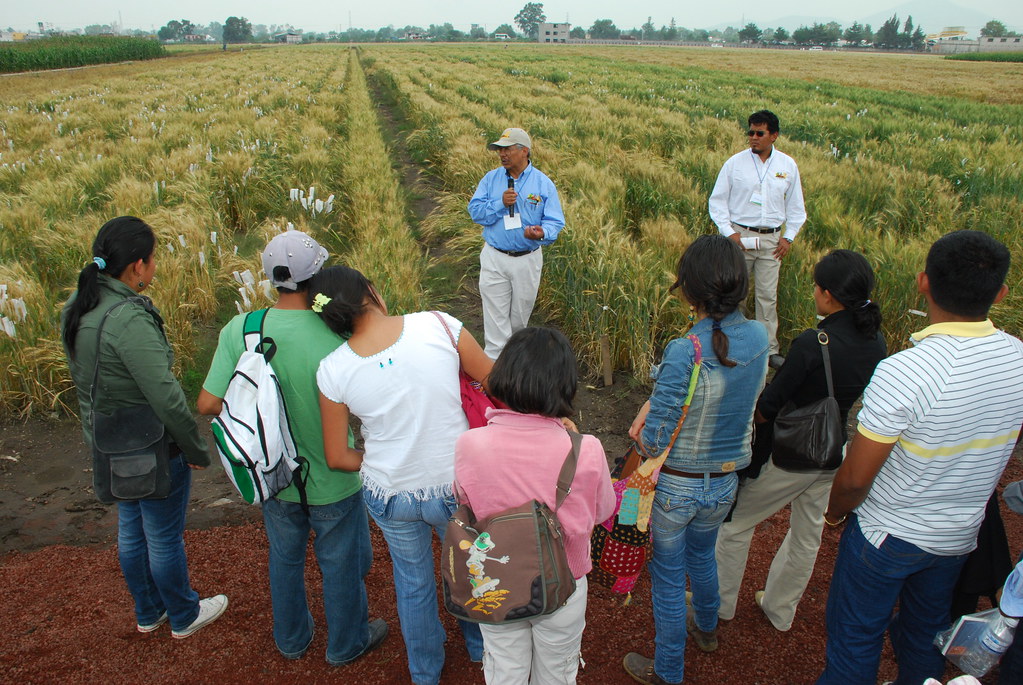
Looking ahead, the future of the Painted Grasshopper in Texas depends largely on habitat conservation efforts and climate adaptation. Conservation biologists emphasize the importance of preserving native grassland and shrubland ecosystems, particularly those containing diverse native flowering plants that support the grasshopper’s specialized diet. Several Texas land conservancies have incorporated grasshopper habitat requirements into their management plans, recognizing these insects as indicators of ecosystem health. Research initiatives focusing on the species’ genetic diversity across its range may provide insights into population resilience and adaptive capacity in the face of environmental change. Educational outreach continues to play a crucial role in fostering public appreciation for these remarkable insects, building support for conservation measures that protect not just the grasshoppers themselves but entire ecological communities. With proper management and continued public interest, this living rainbow should continue to brighten Texas landscapes for generations to come.
Conclusion
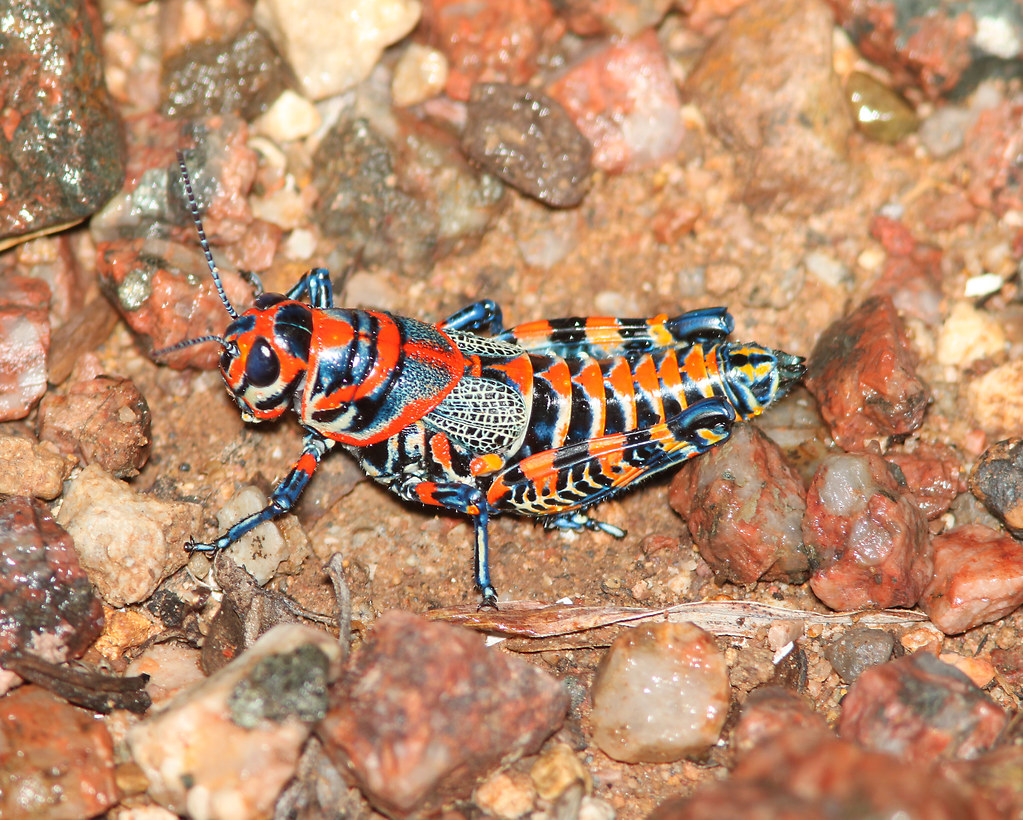
The Painted Grasshopper represents one of nature’s most striking contradictions – an insect that thrives not by blending in, but by standing out in dramatic fashion. From its evolutionary adaptations to its ecological relationships, this colorful Texas resident challenges our expectations and expands our understanding of survival strategies in the natural world. As climate and land use changes continue to reshape Texas ecosystems, the persistence of this vibrant species serves as both a testament to evolutionary ingenuity and a reminder of biodiversity’s fragile beauty. For those fortunate enough to encounter this living kaleidoscope among the grasses and wildflowers of Texas, the experience offers a moment of wonder and a vivid reminder that even small creatures can make a dramatic impact on our perception of the natural world.

